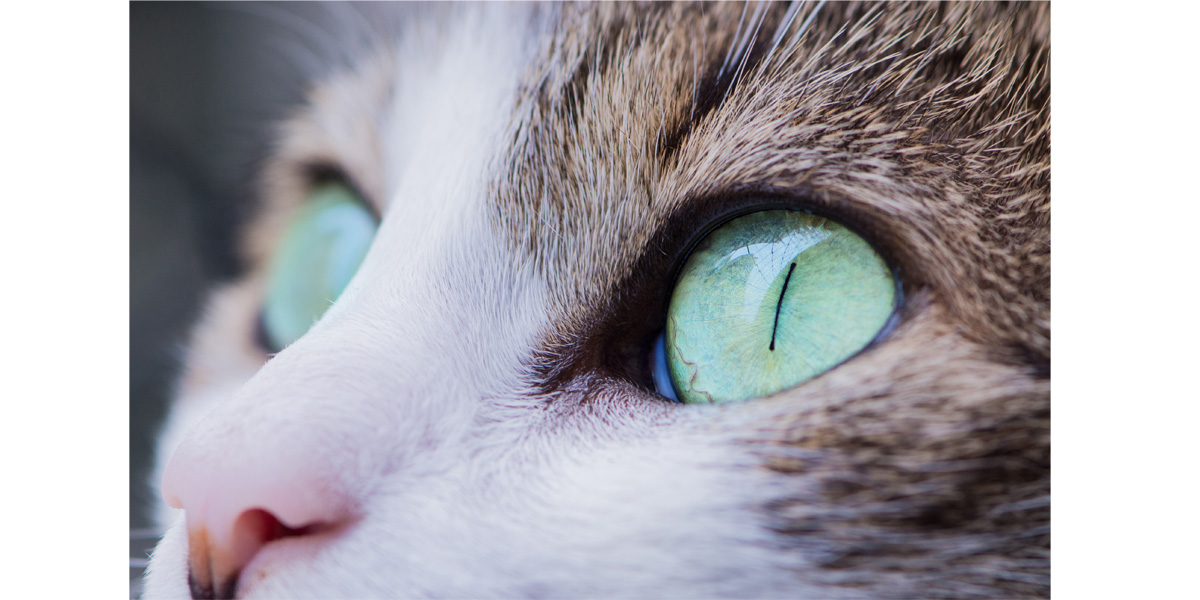How to Give Your Cat Eye Medication
Doctor of Veterinary Medicine

While efforts are made to answer all questions as quickly as possible, if an immediate answer is required or if your pet is in need of urgent or emergency care, contact your pet's veterinarian immediately.
Doctor of Veterinary Medicine

You will receive an answer from Dr. Lindsay and our vet/tech team as soon as possible, usually the same day.
All answers are provided for informational or educational purposes only, and are intended to be a supplement to, and not a substitute for, the expertise and professional judgment of your pet's veterinarian.
It may be necessary to consult your pet's veterinarian regarding the applicability of any opinions or recommendations with respect to your pet's symptoms or medical condition.
CloseDoctor of Veterinary Medicine

An error has occurred, please reload the page and try again.
CloseWhile efforts are made to answer all questions as quickly as possible, if an immediate answer is required or if your pet is in need of urgent or emergency care, contact your pet's veterinarian immediately.
There is no answer related to your question

Tips on applying eye medication to cats
Using treats
When you need your cat to accept medication in his or her eyes, prepare to offer a treat that is overwhelmingly special. The treat need not be big, but it must smell and taste delicious. Consider using shaved ham, sardines, shrimp, or a potato chip.
Preparation for treating eye problems in cats
Ask your veterinarian if the medication stings. If it does, ask if you can put artificial tears in the eye first to decrease the stinging sensation. It is more comfortable for your cat if you put artificial tears in his or her eye about five minutes before administering a solution.
Positioning yourself and administering your cat's eye medication
Begin by holding your cat on your lap facing away from you. Hold the medication in your dominant hand. Place your dominant hand on the top of your cat's head. Place your other hand on your cat's cheek (opposite side of your dominant hand) so that slight tension pulls the lower eyelid down and creates a small pocket. Squeeze the medication so that it falls into the pocket created by the lower eyelid. Reverse hand positions to administer medication in your cat's other eye. Always keep the hand holding the medication resting against your cat's head so that if your cat's head moves, your hand moves with it.
The benefit of this position is that the medication is never directly in front of your cat's eyes.
Alternatively, face your cat. Hold the medication in your dominant hand. Put your other hand on the opposite side of your cat's head. Place your dominant hand on your cat's cheek (opposite side of your dominant hand) so that you can apply mild tension and pull down the lower eyelid. Place the medication in the pocket formed by the lower eyelid. Keep the hand holding the medication resting against your cat's head so that if your cat's head moves, your hand moves with it.
- Your goal is to put liquids or ointments into the corner of the eye or into a pocket formed by slightly pulling down the eyelid.
- Do not aim for the center of the eye.
- Use the least restraint possible. Cats detest restraint.
- Relax your breathing; if you're calm, your cat will be calm.
- Give a fantastic treat.
For ointments
Administer the medication as described above, and gently close the eyelid after to disperse the medication across the eyeball. Do not press or squeeze.
Safety
Use these instructions for guidance. We assume no liability for injury to you or your cat incurred by following these instructions.
We recommend that you work with your veterinary technician to use this information and develop a technique that is safest for you and your pet. We want you both healthy.
 Swipe
Swipe



























